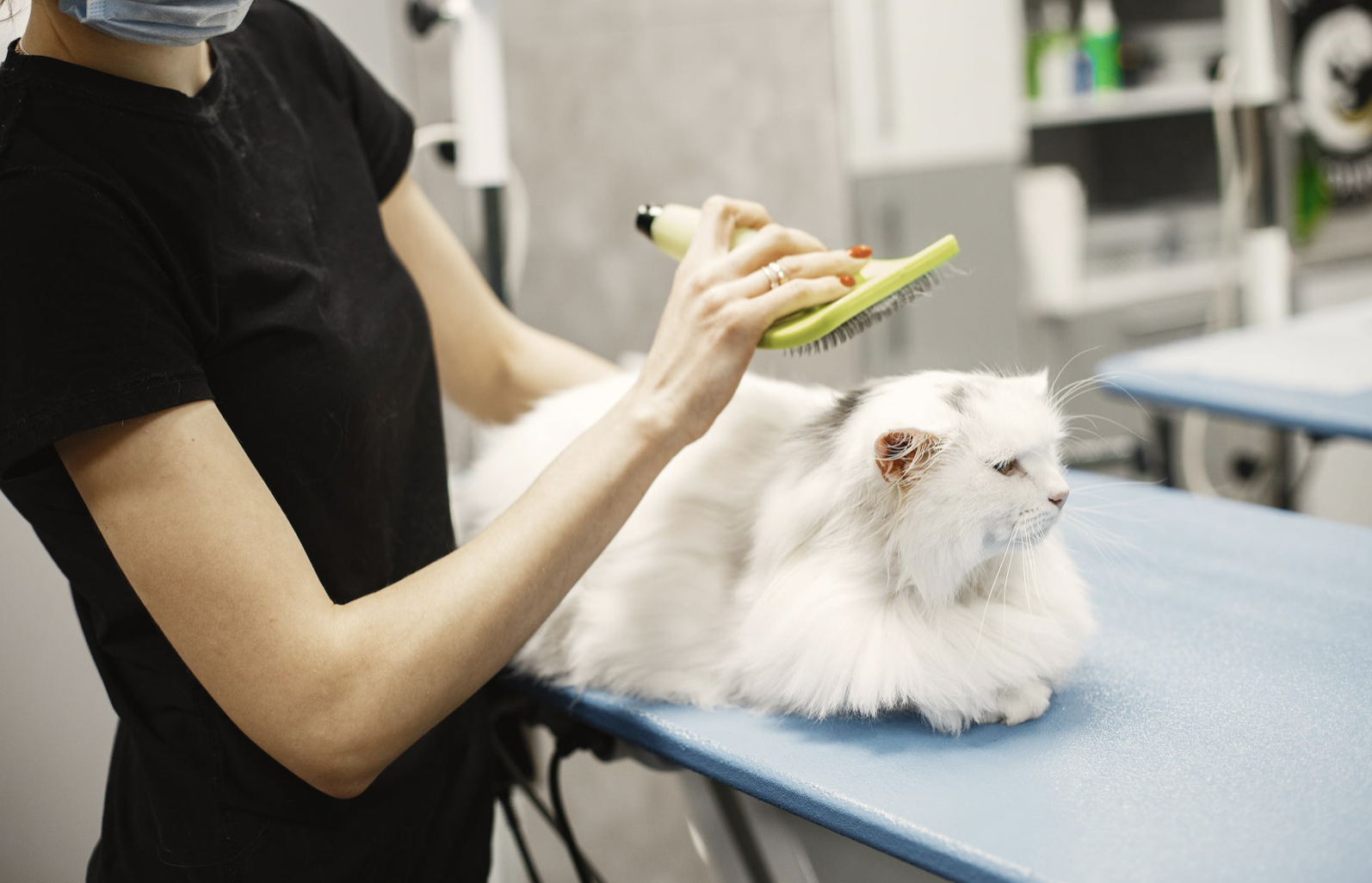Desexing your cat or dog goes beyond preventing unplanned litters; it’s a kinder choice that comes with a range of advantages. With the aim of reducing the number of unwanted pets and ensuring their well-being, many veterinary practices offer desexing services. In this informative article, we’ll explore why desexing is essential for the health and happiness of your pet, and how it can contribute to a more harmonious household.
Addressing Unwanted Pets
Every year, numerous kittens, puppies, and unwanted animals find themselves without homes or proper care. Every years, numbers puppies and kittens take up space in homes and shelters assuring that the older cats and dogs don’t find loving homes. To mitigate this issue, veterinarians provide desexing services that help prevent unplanned pregnancies and unwanted litters.
Health Benefits of Desexing
Beyond the immediate benefits of preventing pregnancies, desexing offers numerous advantages for your animal. For instance, if you’ve ever had an undesexed cat, you’re likely familiar with their vocal behavior during certain times. Desexing helps temper these tendencies, reducing the discomfort of constant vocalisations which are for most families- frankly unbearable. Additionally, desexed cats and dogs are less prone to escape in search of mates, which can minimise the risk of contributing to feral populations that disrupt local wildlife.
Additionally, male cats’ habit of urine spraying can be curtailed through desexing, making for a more pleasant home environment.
Other Perks of Desexing
Think Desexing is too costly? think again. Desexing may actually benefit your wallet. By desexing your animals, you can take advantage of lower council registration fees—a win-win situation for both you and your furry companion. Furthermore, desexing often results in calmer and more relaxed behavior in pets, contributing to a harmonious household.
Dispelling Desexing Myths
There are several myths surrounding desexing that need to be addressed. The notion that pets need to have at least one litter before desexing is simply unfounded. Responsible pet ownership is not contingent on breeding, and not all pets are suitable for raising litters. Moreover, desexing male dogs doesn’t strip them of their “manhood”; in fact, it can lead to improved behaviors and reduced aggression.
When to Desex and Associated Costs
Pets can reach sexual maturity as early as 4-6 months of age, particularly true for cats. To prevent early pregnancies, it’s recommended to desex cats at around 4 months. Consultation with your veterinarian is crucial for determining the best age to desex dogs, taking breed and size into account. Desexing costs can vary based on factors such as species, gender, age, size, and breed.
The Desexing Procedure
The standard desexing procedure involves a pre-anaesthetic health check and blood test. Sedation is administered to relax the animal, followed by general anesthesia. Surgery is performed in a well-equipped operating theatre, with the pet’s comfort ensured through various measures, including a heating mat during the procedure. Throughout surgery and recovery, the animal is carefully monitored. After-care advice is provided by the vet upon discharge, and external sutures are typically removed around 10 days post-operation.
Desexing your fur family is a comprehensive approach to ensuring their health, reducing their risks of diseases, and contributing to a harmonious household. By embracing desexing services provided by veterinarians, you’re not only benefiting your pet’s well-being but also playing a crucial role in curbing the challenge of unwanted animals and promoting a healthier pet population.


